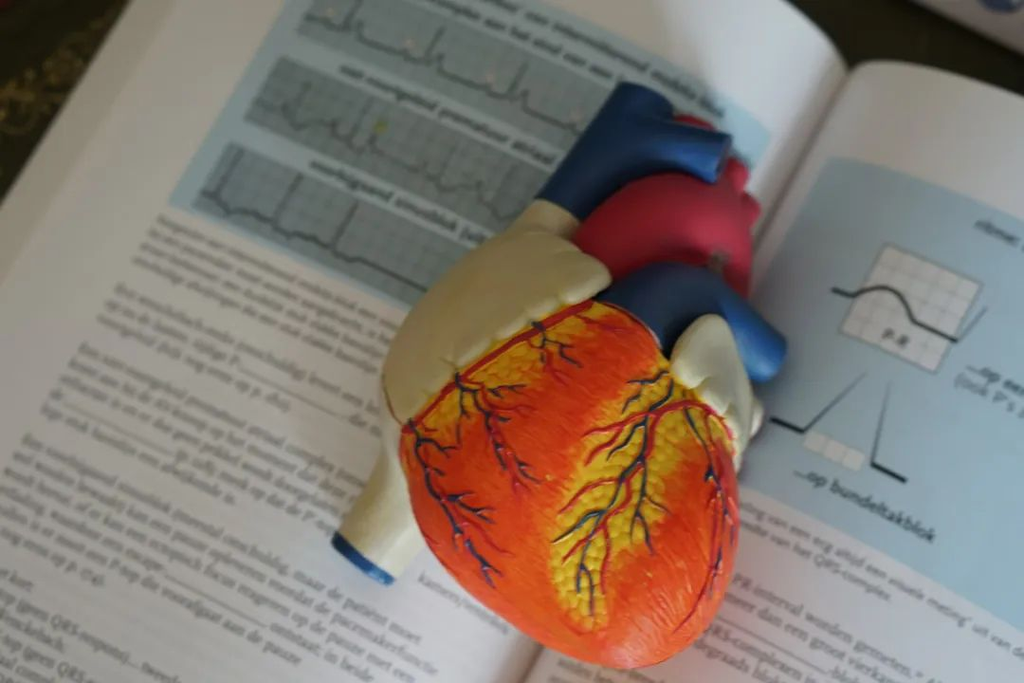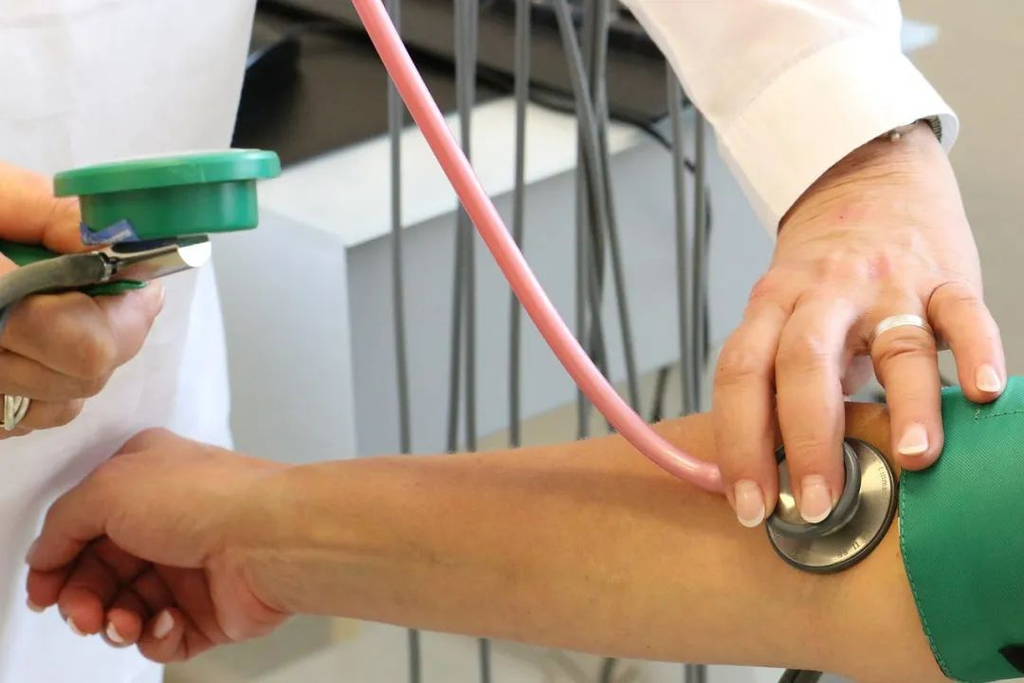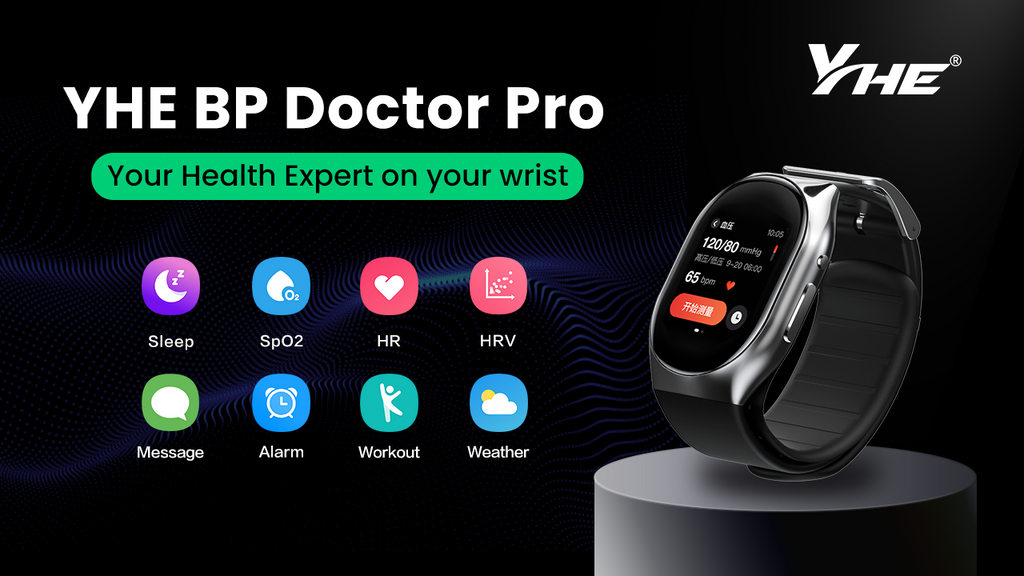Accurate blood pressure measurement is of great significance for the diagnosis and treatment of hypertension. Just as your two eyes will not be the same that one eye may be a bit lower than the other, there will be differences in the blood pressure levels of the left and right arms when measuring blood pressure. This phenomenon is called “inter-arm difference (IAD)”.
In today’s article, we will talk about the interarm difference in blood pressure.
Why are blood pressure values different in the two arms?
Typically, a small difference (less than 5 mmHg) in blood pressure readings between the left and right arms is normal [2]. Blood pressure differences between the two arms are very common. According to research statistics, about 3.6% of healthy adults have blood pressure differences between the left and right arms [3].
Our heart sits just to the left of the midline in your chest cavity. The largest blood vessel in the body, the aorta, leaves through the left side of the heart and transports blood to a network of branching blood vessels that supply the body with oxygen and nutrients. The arteries that branch off the aorta and go towards the left and right sides of the body are different. On the right side, the brachiocephalic trunk comes off the aorta and splits into the right common carotid artery and right subclavian artery. The left common carotid and left subclavian arteries to come directly off the aorta. These differences mean that the risk for increased turbulence leading to arterial thrombosis is not the same for the right and left subclavian arteries. Arterial thrombosis causes blood vessel stiffening and obstruction over time and is four times more likely in the left subclavian than in the right. The difference in arterial branching affects the blood pressure measured on the left and right arms.

Blood vessels are surrounded by muscle, fat, and connective tissue. When the muscles put pressure on the blood vessels around the heart, they cause short-lived turbulence that can affect blood pressure. However, this effect is usually temporary and mild. In addition to physiological reasons, when the blood pressure difference between the two arms reaches a certain level, it is likely to indicate other pathological problems.
Big arm-to-arm difference in blood pressure linked to higher cardiovascular disease
Studies have shown that large differences in blood pressure between the two arms are associated with a higher risk of cardiovascular disease. The difference in systolic blood pressure between the two arms of 10 mm Hg is considered to be the upper limit of normal blood pressure between the arms [3]. Inter-arm blood pressure is associated with increased cardiovascular disease and all-cause mortality. This association was not only found in people without cardiovascular disease, but also in people with hypertension, diabetes, or diagnosed cerebrovascular disease.
A meta-analysis of 24 blood pressure studies explored the association of interarm blood pressure difference with cardiovascular events, all-cause mortality, and cardiovascular mortality. A total of 57,000 experimental samples were included in the analysis, which were widely distributed in various countries and regions around the world.

The findings showed that the inter-arm differences greater than 5 mmHg were associated with increased all-cause mortality, cardiovascular mortality, and cardiovascular events. Compared with those with an inter-arm systolic blood pressure difference of less than 5 mmHg, mortality was higher with an inter-arm systolic blood pressure difference of more than 5 mmHg. In addition, every percentage point increase in inter-arm blood pressure over was associated with a 1% increase in all-cause mortality and a 1-2% increase in the risk of cardiovascular death [3].
In addition, chronic kidney disease (CKD) is also a well-established marker of cardiovascular risk. In people with diabetes, inter-arm blood pressure differences are associated with the presence of chronic kidney disease and proteinuria [4]. One study found that all-cause mortality would increase 28% for every 10 mmHg increase in the between-arm difference in systolic BP, and at any level of the difference between the arms, chronic kidney disease was associated with an additional risk of death [5].
How should you have your blood pressure checked?
Since inter-arm blood pressure differences (IADs) are associated with increased risk of vascular abnormalities and cardiovascular disease, American Heart Association, World Health Organization-International Society of Hypertension Guidelines, European Society of Hypertension-European Society of Cardiology and British Society of Hypertension Blood pressure measurement guidelines recommend that:
Blood pressure should be taken in both arms simultaneously for the first visit.
If there is a difference in blood pressure values between the two arms, subsequent measurements should be performed on the arm with the higher pressure.
Furthermore, when the inter-arm difference reaches 15-20 mmHg in systolic pressure or 10 mmHg in diastolic blood pressure, further studies are needed [6]. A significant IAD may indicate the presence of congenital heart disease, peripheral vascular disease, unilateral nervous system, musculoskeletal abnormalities, or aortic dissection.

For the arm with the lower blood pressure reading, periodic blood pressure monitoring is still needed to evaluate the difference in both arms, so as to detect and diagnose potential cardiovascular risks in time.
The Future of Blood Pressure Measurement
Long-term blood pressure monitoring is of great significance for the management of hypertension, which helps to detect blood pressure issues as early as possible. With the development of wearable blood pressure detection technology, in addition to arm blood pressure measurement, wrist oscillometric blood pressure measurement has gradually entered people's lives. The wrist oscillometric blood pressure measurement device uses the same blood pressure detection principle and is superior to traditional devices in terms of patient comfort. In this regard, BP Doctor Pro provides users with great convenience in blood pressure measurement. It uses the patented technology to pressurize the micro-airbag and adopts the oscillometric method to measure blood pressure, which ensures the accuracy of blood pressure monitoring. In addition, the mobile app automatically uploads and stores the user's daily blood pressure data , which greatly facilitates the monitoring and analysis of long-term trends in blood pressure.

References:
【1】 Cyriax EF. Unilateral alterations in bloodpressure caused by unilateral pathological conditions: The differential bloodpressure sign. QJM 1920;13:148-164.
【2】 Hypertension in Adults: Diagnosis and Management. NICE Guidelines [NG136]. Available from: https://www.nice.org.uk/guidance/ng136. [Last accessed on 2022 Jan 28].
【3】 Clark CE, et al. Associations Between Systolic Interarm Differences in Blood Pressure and Cardiovascular Disease Outcomes and Mortality: Individual Participant Data Meta-Analysis, Development and Validation of a Prognostic Algorithm: The INTERPRESS-IPD Collaboration. Hypertension. 2021 Feb;77(2):650-661.
【4】 Okada H, Fukui M, Tanaka M et al. A difference in systolic blood pressure between arms is a novel predictor of the development and progression of diabetic nephropathy in patients with type 2 diabetes. Atherosclerosis 2013; 230: 198–201
【5】 Agarwal R, Bunaye Z, Bekele DM. Prognostic signifificance of between-arm blood pressure differences. Hypertension 2008; 51: 657–662.
【6】 Whelton PK, Carey RM, Aronow WS, et al. 2017 ACC/AHA/AAPA/ABC/ACPM/AGS/APhA/ASH/ ASPC/NMA/PCNA guideline for the prevention, detection, evaluation, and management of high blood pressure in adults. A report of the American College of Cardiology/American Heart Association Task Force on clinical practice guidelines. Hypertension. 2018;71(6): e13–e115.
